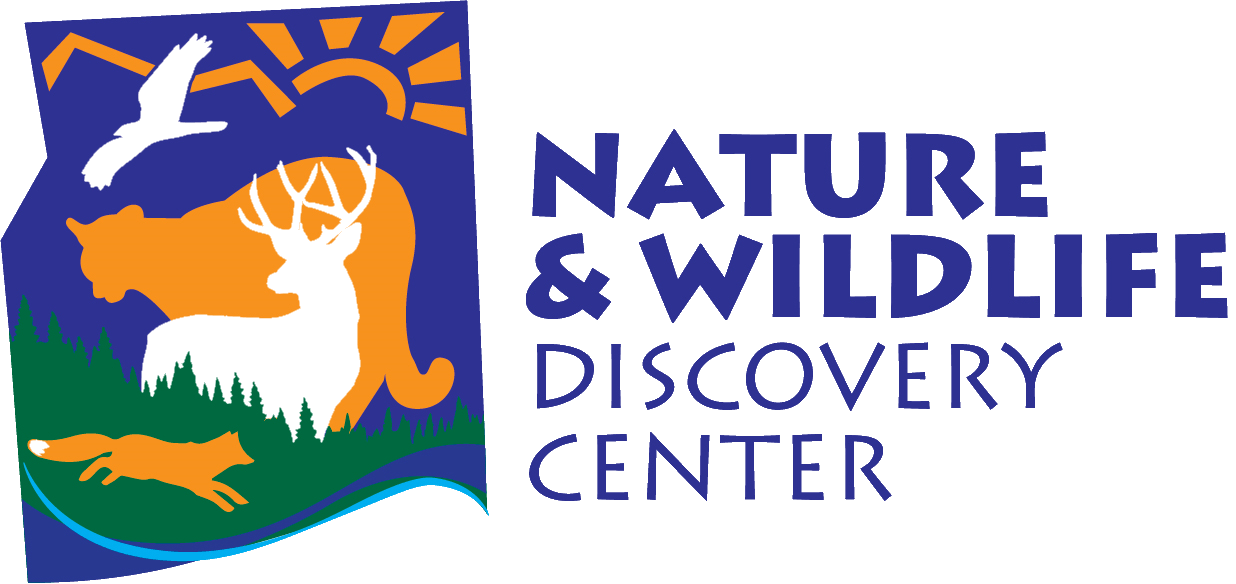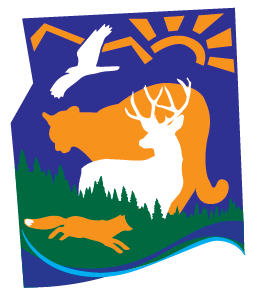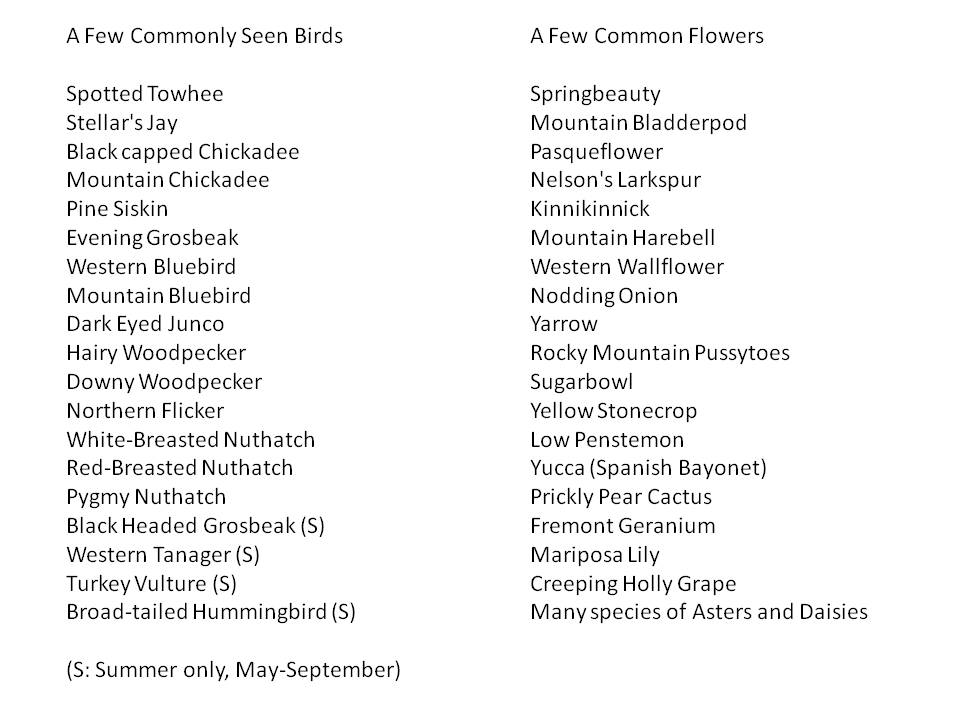The park’s western edge borders San Isabel National Forest. Pueblo Mountain Park is located in the Foothills (or Transition) Life Zone, ranging in altitude from 6,600′ to 7,400′. Species common to both the lower elevation Semidesert Plains Life Zone (what you drive through to come to the park from Pueblo) and the higher Montane Life Zone (San Isabel Lake is in this zone) are found in the park. There are also some species in the park not commonly found in surrounding areas or life zones, such as the endangered Endangered Southern Red Bellied Dace (a minnow species) that we reintroduced into the pond.
These species exist in ecosystems, or neighborhoods. An ecosystem can be defined as the biotic and abiotic (living and non-living) components of a given area. There are several different ecosystems represented in the park. Generally, ecosystems are named after the dominant plant species within the ecosystem. The Pueblo Mountain Park is a mosaic of several ecosystems. The primary terrestrial, or land, ecosystems are:
Ponderosa Pine: Probably the most prolific tree in the park, with several specimens well over 125 years in age. John Muir was most fond of this tree, “Of all the pines, this one gives forth the finest music to the winds.” The ponderosa pine’s long needles and burnt-orange bark are hard to miss. Ponderosa pine ecosystems generally occupy the areas adjacent to most of the park roads, and the less steep sections of south-facing hillsides.
Douglas Fir : The north-facing slopes in the park are usually in thick stands of Douglas fir trees. These forests are moist, dark and cool; they will hold the snow much longer than south-facing areas of the park. White fir trees (commonly mistaken as blue spruce) often grow along with Douglas firs.
Mountain Shrubland Gambel Oak: (often referred to as scrub oak) and mountain mahogany are the dominant trees, or shrubs, in this relatively arid ecosystem. Typically found on the steeper south-facing slopes in the park. In spite of its dry conditions, this ecosystem is home to a wide diversity of species.
Pinyon / Juniper: The road from Pueblo to Beulah is bordered by many stands of open pinyon pine and juniper woodlands, sometimes called “pygmy forests.” The pinyon/ juniper ecosystem is minimally represented in the park. These trees usually occur in drier areas, and often intermingle with the ponderosa and mountain shrubland ecosystems. Both one-seeded and rocky mountain junipers are found in the park.


